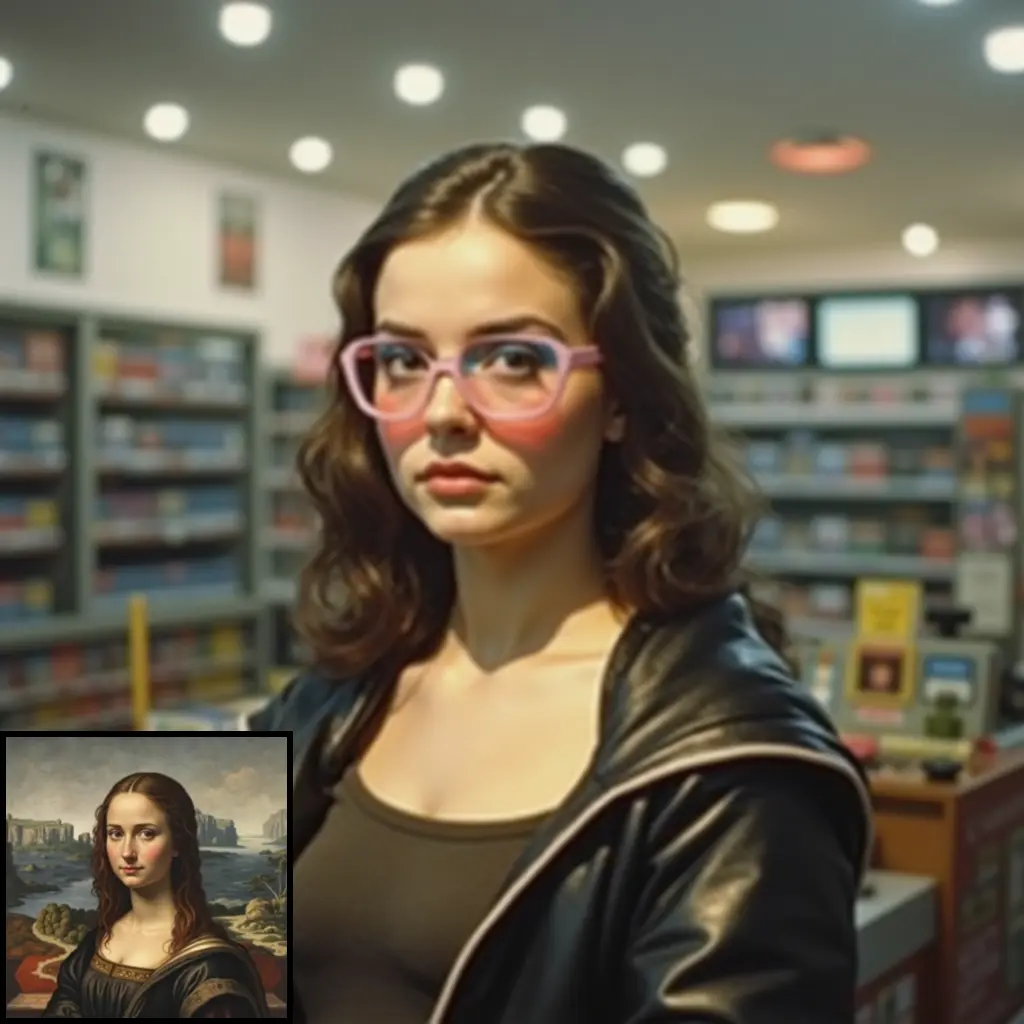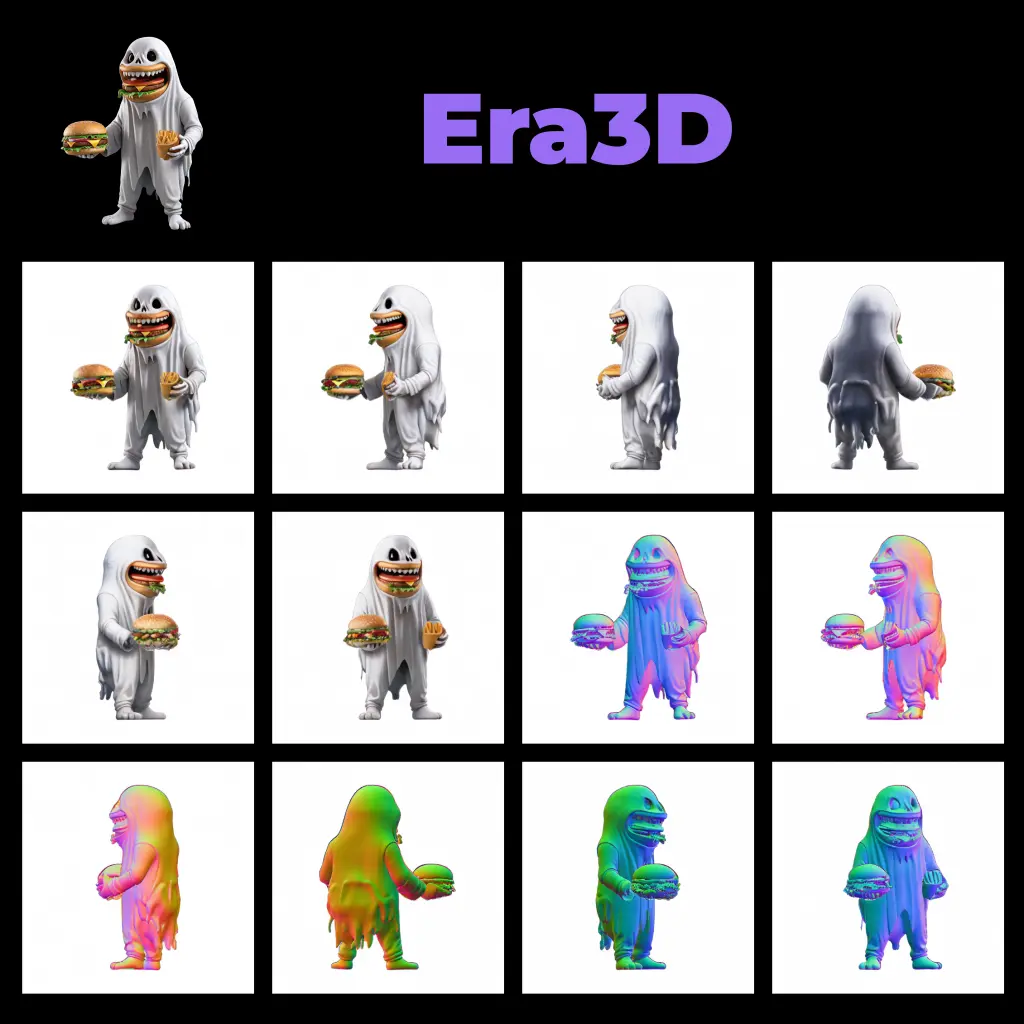ComfyUI Node: Motionctrl Sample
Motionctrl Sample
Categorymotionctrl
chaojie (Account age: 5118days) Extension
ComfyUI-MotionCtrl Latest Updated
2024-06-14 Github Stars
0.14K
How to Install ComfyUI-MotionCtrl
Install this extension via the ComfyUI Manager by searching for ComfyUI-MotionCtrl- 1. Click the Manager button in the main menu
- 2. Select Custom Nodes Manager button
- 3. Enter ComfyUI-MotionCtrl in the search bar
Visit ComfyUI Online for ready-to-use ComfyUI environment
- Free trial available
- 16GB VRAM to 80GB VRAM GPU machines
- 400+ preloaded models/nodes
- Freedom to upload custom models/nodes
- 200+ ready-to-run workflows
- 100% private workspace with up to 200GB storage
- Dedicated Support
Motionctrl Sample Description
Facilitates controlled camera and object motion in video generation using MotionCtrl model for precise control and dynamic content creation.
Motionctrl Sample:
The Motionctrl Sample node is designed to facilitate the generation of videos with controlled motion using the MotionCtrl model. This node allows you to independently and flexibly control both camera motion and object motion within a generated video. By leveraging the capabilities of the MotionCtrl model, you can create dynamic and visually appealing video content with precise motion control. This node is particularly beneficial for AI artists looking to experiment with and fine-tune the motion aspects of their video generation projects, providing a unified and flexible approach to motion control.
Motionctrl Sample Input Parameters:
model
This parameter specifies the MotionCtrl model to be used for video generation. The model is responsible for interpreting the prompts and generating the video content with the desired motion controls. Ensure that the model is properly configured and loaded before using this node.
prompts
This parameter takes a list of textual prompts that guide the content and style of the generated video. The prompts help the model understand what kind of scenes or actions to generate, making it a crucial input for achieving the desired video output.
noise_shape
This parameter defines the shape of the noise input used by the model to generate the video. The noise shape influences the randomness and variability in the generated video, affecting its overall appearance and motion dynamics.
camera_poses
(Optional) This parameter allows you to specify the camera poses for the video. By providing a sequence of camera positions and orientations, you can control the camera motion throughout the video. If not provided, the model will generate default camera motions.
trajs
(Optional) This parameter allows you to specify the trajectories for objects within the video. By defining the paths that objects should follow, you can control their motion in a precise manner. If not provided, the model will generate default object motions.
n_samples
This parameter specifies the number of video samples to generate. The default value is 1, but you can increase it to generate multiple variations of the video based on the same prompts and settings.
unconditional_guidance_scale
This parameter controls the strength of the guidance applied to the model during video generation. A higher value results in stronger adherence to the prompts, while a lower value allows for more creative freedom. The default value is 1.0.
unconditional_guidance_scale_temporal
(Optional) This parameter controls the temporal guidance scale, affecting how the model handles motion over time. Adjusting this value can help achieve smoother or more dynamic motion in the generated video.
ddim_steps
This parameter specifies the number of DDIM (Denoising Diffusion Implicit Models) steps to use during video generation. More steps can lead to higher quality videos but will increase the computation time. The default value is 50.
ddim_eta
This parameter controls the amount of noise added during the DDIM process. A higher value results in more noise, which can affect the video’s appearance and motion. The default value is 1.0.
Motionctrl Sample Output Parameters:
generated_videos
This output parameter provides the generated video(s) based on the input prompts and settings. The videos will reflect the specified camera and object motions, offering a visual representation of the controlled motion dynamics.
Motionctrl Sample Usage Tips:
- Experiment with different
promptsto guide the model in generating diverse video content. - Adjust the
unconditional_guidance_scaleto balance between adherence to prompts and creative freedom. - Use the
camera_posesandtrajsparameters to precisely control the motion of the camera and objects within the video. - Increase the
n_samplesparameter to generate multiple variations of the video for comparison and selection.
Motionctrl Sample Common Errors and Solutions:
"Model not loaded"
- Explanation: This error occurs when the specified model is not properly loaded or configured.
- Solution: Ensure that the model is correctly loaded and all necessary configurations are in place before using the node.
"Invalid noise shape"
- Explanation: This error occurs when the provided noise shape does not match the expected format or dimensions.
- Solution: Verify that the noise shape parameter is correctly specified and matches the model’s requirements.
"Camera poses not provided"
- Explanation: This error occurs when the camera poses parameter is expected but not provided.
- Solution: Either provide the camera poses or ensure that the model can generate default camera motions.
"Trajectories not provided"
- Explanation: This error occurs when the trajectories parameter is expected but not provided.
- Solution: Either provide the object trajectories or ensure that the model can generate default object motions.
"Invalid guidance scale"
- Explanation: This error occurs when the guidance scale parameters are set to invalid values.
- Solution: Ensure that the
unconditional_guidance_scaleandunconditional_guidance_scale_temporalparameters are set within valid ranges.
Motionctrl Sample Related Nodes
RunComfy is the premier ComfyUI platform, offering ComfyUI online environment and services, along with ComfyUI workflows featuring stunning visuals. RunComfy also provides AI Playground, enabling artists to harness the latest AI tools to create incredible art.


